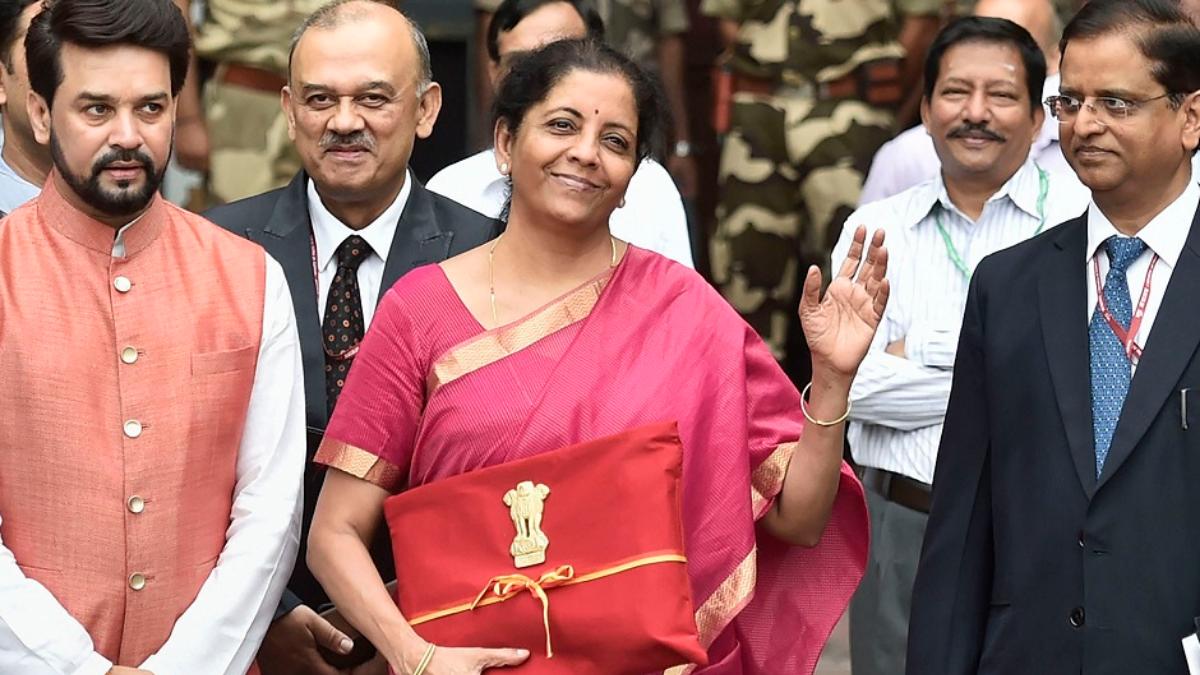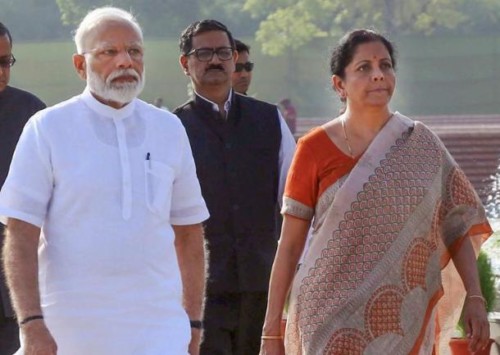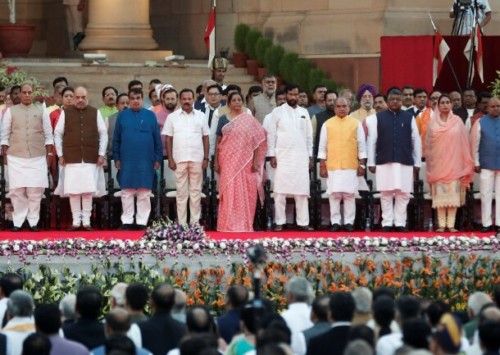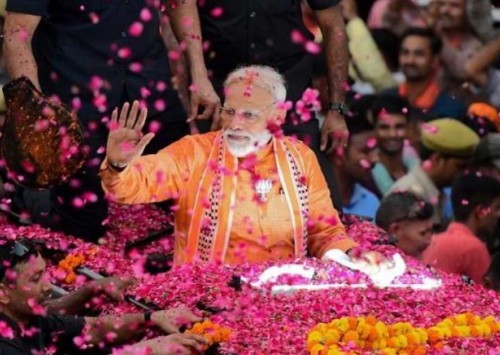Budget 2019 highlights

Finance minister Nirmala Sitharaman in her first Union budget in the Parliament on July 5 lays out the roadmap for growth to a USD 5 trillion economy.
Nirmala Sitharaman who became the first full time woman finance minister of India presented her maiden annual budget on July 5. Against the backdrop of India facing an economic slowdown, record high unemployment levels and the country losing its status as the world’s fastest growing major economy the whole nation had high expectations from the budget.
Nirmala Sitharaman opened her speech with a target of making India a USD 5 trillion economy. She said that the goal was “imminently achievable” in the next few years. She said India took 50 years to become a USD 1 trillion economy. The Indian economy was at USD 1.85 trillion five years back, she added. “We have now reached the USD 2.7-trillion-mark and would become a USD 3 trillion economy in the current year,” she added.
However, experts believe that the USD 5 trillion target is quite questionable. Even if India continues promoting startups and other businesses growth will be moderate by Indian standards — between 5 pc to 8 pc on average. Even if it grows at around 6 pc a year, then the Indian economy will hit USD 5 trillion in output a decade from now, twice the time that has been given by Sitharaman.
Even though the questionable USD 5 trillion target was the highlight of this year’s budget a few other sectors were also highlighted. Here are the key takeaways from the budget-
Promoting digital India
In order to promote digital payment in India, Sitharaman said that digital payments will get cheaper, as the government will launch an ATM-like One Nation One Card for pan-India travel and new model rental laws will be unveiled to boost affordable housing.
Also, the government has proposed to levy a two percent tax at source on cash withdrawals exceeding INR 10 million in a year from a bank account, to discourage the practice of making business payments in cash. Moreover, business establishments with annual turnover of more than INR 500 million will need to offer low cost digital modes of payments like BHIM UPI, UPI-QR Code, Aadhaar Pay, debit cards, NEFT and RTGS to their customers.
She further added that no charges or Merchant Discount Rate (MDR) shall be imposed on customers as well as merchants and “RBI and Banks will absorb these costs from the savings that will accrue to them on account of handling less cash as people move to these digital modes of payment.”
Building rural India
The finance minister laid emphasis on boosting the country’s infrastructure just like Prime Minister Narendra Modi’s election promise who has pledged to spend USD 1.44 trillion on infrastructure by 2024.
An investment of USD 72 billion was allocated to improve railway infrastructure, and Sitharaman also added that the government would also build 125,000 km (77,671 miles) of roads over the next five years at a cost of USD 11.6 billion. She also promised to build 19.5 million rural homes by 2022.
Tax increase for the wealthy
Sitharaman proposed to raise the annual turnover limit from INR 2.5 billion to INR 4 billion for availing a lower corporate tax rate of 25 pc. The finance minister said that this would cover 99.3 pc of the companies operating in the country. She further said only 0.7 pc of the companies will now remain outside the 25 pc corporate tax bracket.
Another major change was the three percent increase in taxation for some of the highest earners in Indian society – those with an income between USD 292,000 – USD 730,000 – and a seven percent increase for those with an income above USD 730,000.
A budget for common man?
The main highlight of the budget was that no income tax will be levied for income less than INR 500,000 a year. In order to make electric vehicles affordable to consumers, the finance minister announced tax sops for loans taken to buy electric vehicles. Affordable houses have become cheaper with further interest deduction of INR 150,000 (total INR 350,000) on housing loans.
However, the local taxes on petrol and diesel will increase by INR 2 while an import tax of one rupee per tonne has been levied on crude oil. Gold and other precious metals will also become more expensive after import duties were increased. Imported paper and paper products including printed books, CCTV cameras, imported cashew kernels, stainless steel products and cigarettes have also become expensive in this Union Budget 2019.
“Gaon, Gareeb aur Kisan (village, poor and farmers) focal point of all programmes,” said the finance minister.













